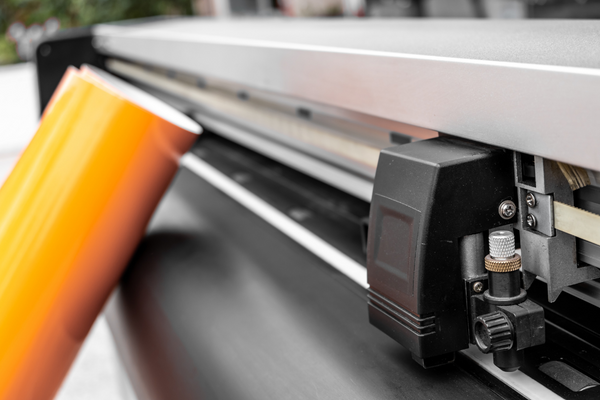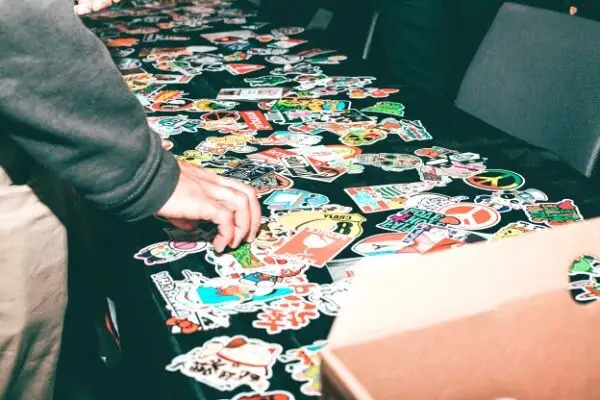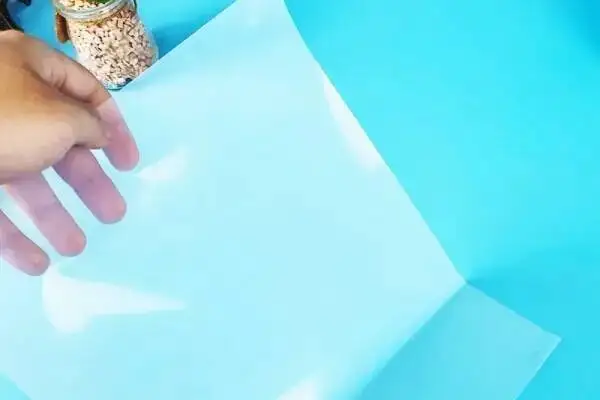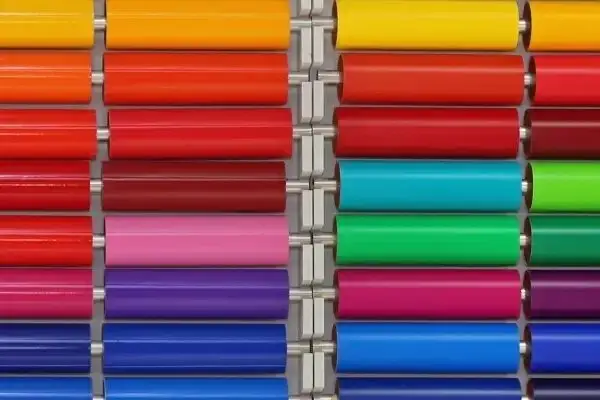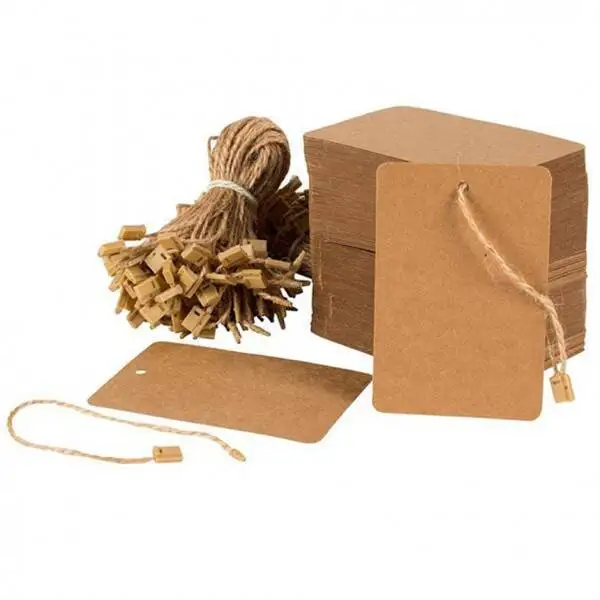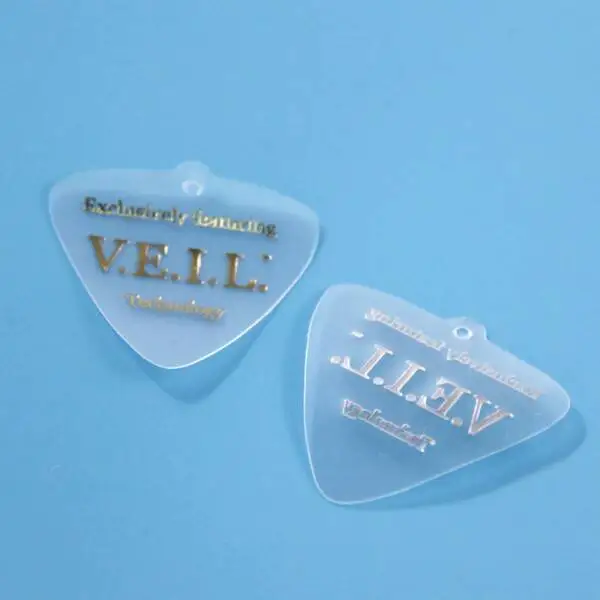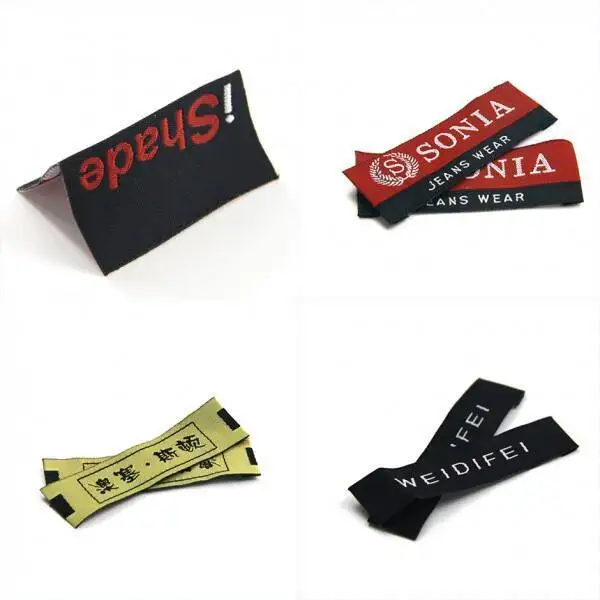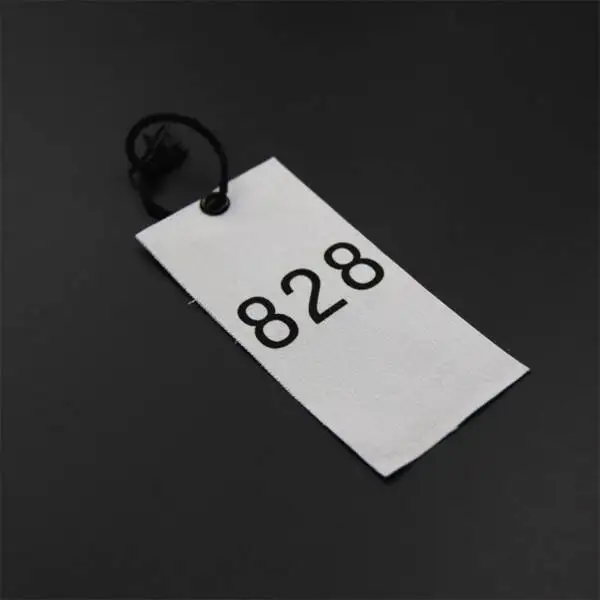The Characteristics and Problem Solving of Cosmetic Label
Daily chemical products are increasingly appearing in people's daily life. The demand for daily chemical commodity labels accounts for about 30% of the total demand for self-adhesive labels. About half of the packaging products of daily chemical products are produced according to self-adhesive labels.
At present, the types of daily chemicals are diverse, and the main uses and performance indicators are also different. There are not only commodity labels printed on paper or composite paper, but also commodity labels printed on Petrochemical polymers, as well as commodity labels printed on glass and metal materials. Commodity labels can be printed independently and pasted to products, such as self-adhesive labels; It can also be printed directly on the surface of products, such as iron printed commodity labels; It can also be printed and combined with daily chemical containers, such as in-film commodity labels. Diversified printing process raw materials will bring diversified printing methods.
1. Various Raw Materials and Printing Methods.
2. Product Introduction and Commodity Display Are Coordinated and Exquisite.
3. It Has Excellent Service Performance and Chemical Stability.
Content:
Material properties
Process introduction
Practical problem handling methods
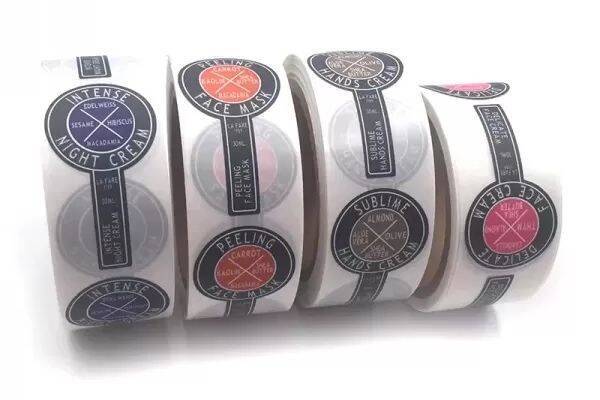
Material Properties of Cosmetic Label
At this stage, the key raw materials of cosmetic labels include paper labels and plastic film labels.
1. Mirror gloss coated paper. This kind of self-adhesive label adopts a multi-colour commodity label. It is generally used for information labels of drugs, food, electrical appliances, stationery and other objects.
2. Matte paper and offset paper. Most of these self-adhesive labels use label paper for main purposes. It is generally used for information labels or bar code labels copied by high-speed laser printing and inkjet printers.
3. It is easy to break. The key function is anti-counterfeiting identification and quality assurance. This kind of self-adhesive label can not be used after being torn. It is generally used for anti-counterfeiting identification of electrical appliances, drugs and other products.
4. High-pressure polyethylene label, the appearance design fabric is transparent and bright, and the colour is milky white.
5. Thermal printing paper is generally easy to see above the product price and is widely used.
6. Heat shrinkable film is generally used for the trademark logo of the rechargeable battery of various electrical appliances or equipment.
7. Copperplate paper is used for multi-colour commodity labels. It is generally used for information labels in the food industry, drugs and electrical appliances.
8. Laser processing film, belonging to information label paper, is mostly used for multi-colour commodity labels such as stationery and decorations.
9. Tin foil paper: this kind of self-adhesive label is also used for multi-colour goods. It is generally used for information labels of drugs, the food industry and stationery products.
10. Polypropylene, the surface layer of this kind of self-adhesive label, is fully transparent, in silver white, golden yellow, milk-white, matte milk-white, etc. It is characterized by key commodity labels such as waterproof, oil and organic chemical objects, and information labels usually used for shower appliances, electrical appliances, mechanical equipment and other commodities.
11. Heat transfer paper is characterized by resisting a high-temperature natural environment and is generally used in microwave oven heating and other commodities.
12. Removable rubber fabrics generally use copper sheet paper, mirror glass paper, high-pressure polyethylene, polypropylene, etc. Because this kind of self-adhesive label has no trace when torn off, it is generally used for labels of kitchenware, fresh fruit, etc.
13. Organic chemical self-adhesive materials are generally used for information labels of commodities and environmental protection appliances because of their strong waterproof and oil resistance
Process Introduction of Cosmetic Label
1. Combination of bright process and matte process
In the daily chemical label design, the local key points and logo of the product are usually presented in the form of bright light, and the background and or textual function description are presented in matte light. Such a label has clear primary and secondary highlights and layers so that the graphic design also has a sense of three-dimensional space. For example, this design is well used in the common wave series products in the market.
2. Cat-eye Technology
By positioning the moulded cat's eye on the aluminium film material, combined with ingenious design and secondary printing, the products of graphic design can achieve the 3D visual effect, while the label is actually flat without any concave-convex level. This traditional printing process innovation not only improves consumers' curiosity and purchase desire but also improves the grade of products to a great extent. For example, Colgate 360 ° toothpaste uses this process.
3. Combination of aluminized material and reverse glazing process
In this process, two kinds of varnish and one base oil are printed on the picture and text first, and then the surface oil is printed (the grain thickness is determined by the number of anilox roller lines. The lower the number of lines, the thicker the grain). Because the first layer of varnish blocks the levelling of the second layer of varnish, various irregular lines are synthesized. The products with local reverse glazing processes and different varnish combinations usually have prominent light and shade, especially when there are gold and silver colour blocks, which can produce the effect of placer gold and placer silver. At the same time, the irregular texture on the surface makes the visual effect better. When touched by hand, it can also feel the sanding effect, which can play an anti-skid role. It is especially suitable for washing and protecting products.
4. Local screen polishing (varnish or colourful powder, etc.)
Such products are generally screen printed, with a unique hand feel. Colourful powder (1 / 128 or 1 / 256 thickness) has a luminous effect visually. At the same time, due to the use of screen glazing, the thickness of varnish is high and has the effect of a magnifying glass, which can highlight local graphics and texts and easily attract consumers. Representative products of this process are Crest slobber and Australia snow dream seahorse perfume shower gel.
5. Application of cast and cure technology
The technology has a low cost. The main principle is to mould the image and text on the transparent pet material to show the laser effect, and then use the varnish curing to transfer the moulded image and text to the substrate such as paper, and use the optical principle to refract the laser pattern. The process is as follows: first, apply UV varnish on the printed product, then fit the PET film with moulded graphics and text, cure it by UV lamp, and then recycle and rewind the PET film (it can be used back and forth for 3 ~ 6 times, which can greatly reduce the damage to the environment). Such products can also show laser effects without aluminium plating, which not only reduces the cost but also improves the label grade.
A Practical Problem Handling Method of the Cosmetic Label
1. The label of hot melt adhesive material falls off
A daily chemical enterprise reported to its label supplier that the label "couldn't be pasted". Some labels fell off or shifted soon after they were pasted. What's the problem? This is determined by the production process. Some products need hot filling. Generally, the hot filling temperature of daily chemical enterprises is 50 ~ 70 ℃, and the filling temperature of this daily chemical enterprise is about 70 ℃. The label supplier provides hot melt adhesive labels, and the maximum labelling temperature of hot melt adhesive is about 70 ℃. In this way, the filling temperature of this daily chemical enterprise has just reached the application limit of adhesive. When the label is pasted on the surface of the packaging bottle at too high a temperature, the adhesive will melt, and there will be the problem of falling off or displacement. Later, the label supplier immediately replaced a batch of hydrosol labels for the customer, and everything was normal after the customer used them.
2. Labeling fold of BOPP material
The viscosity of the label material is not enough. The label provided by a daily chemical enterprise is wrinkled after it is sent to the supermarket. It was found that the labels on the inventory products of the daily chemical enterprise did not wrinkle, but some of the same products in the supermarket did wrinkle. Why? The reason lies in the material of the packaging bottle. The packaging bottle used by the customer is made of PE material, which is relatively soft. When squeezing the bottle body by hand, it is easy to squeeze and deform the bottle body. This PE packaging bottle is mainly used for daily chemical products that often need to be extruded, such as hand cream, bath milk, etc. The label provided by the label enterprise for the daily chemical enterprise is BOPP material, which is relatively hard and is not easy to deform. Therefore, when squeezing the bottle body, the bottle body is deformed, but the label material is not deformed, so there is a wrinkle phenomenon. Because consumers sometimes subconsciously squeeze bottles when shopping for daily necessities in supermarkets, this is the reason why some labels wrinkle. Therefore, when selecting label materials, the material of the pasted bottle body is a particularly important factor. Try to select label materials that are the same or similar to the material of the bottle body so as to avoid such problems to the greatest extent.
3. Insufficient PE label adhesive and warping after labelling
In the previous case, it was mentioned that PE is a relatively soft material, and the self-adhesive label made of this material has the best follow-up with the bottle body. However, the author has also encountered the problem of PE label warping after labelling. What's going on? It was found that the bottle of the daily chemical product had a frosting effect, and the surface treatment of the bottle body was rough. Generally speaking, after the self-adhesive label is pasted, the adhesive must wait about 24 hours to fully combine with the pasted bottle body. However, if the bottle body is rough, the adhesive on the label may not be in full contact with the bottle body, forming a gap in the middle, thus affecting the viscosity. To put it simply, there is not enough adhesive on the label to completely fill the surface of the bottle, which is the reason why the label is warped.
Related Articles
Product Groups
- Metallic Label
- Supermarket Labels
- Food Label
- Tyre Label
- Resealable Label
- Holographic Labels
- Electrical Label
- Adhesive Vinyl Roll
- Inkjet Vinyl Sticker Paper
- Paper Box
- Temperature Resistant Labels
- Clothing Label
- Office Labels
- Bubble Mailer
- Bottle Label
- Chemical Label
- Anti Counterfeit Label
- Temperature Indicator Sticker


